April Recap: Autism Awareness Month
April 30, 2023
April was Autism Awareness Month, help spread awareness!
Autism or autism spectrum disorder (ASD) refers to a broad range of conditions characterized by challenges with social skills, repetitive behavior, speech, and nonverbal communication, according to the Centers for Disease Control Prevention.
Community-Based teacher Ms. Jaime Byrd has worked with children with disabilities for twenty years. After assisting a fellow peer with Autism when she was a junior in high school, she soon realized that working with special needs kids was her calling.
“Autism is a huge umbrella, you can have people on one end of the spectrum who may appear a little odd, but they could be a CEO of Exxon and major corporations. And then you have some kids who are more severe, have lots of sensory issues, and may be non-verbal. And then, of course, you have people all in between.” – Ms. Byrd
There are five major types of Autism: Asperger’s syndrome, Rett syndrome, childhood disintegrative disorder, Kanner’s syndrome, and pervasive development disorder.
There is not just one cause of ASD. Many factors might make a child more likely to have ASD. Some factors are:
- having a sibling with ASD
- having certain genetic or chromosomal conditions
- complications at birth,
- being born to older parents.
One out of thirty-six children in the US is diagnosed with ASD, according to the Centers for Disease Control Prevention. It can be challenging to diagnose ASD because there is no medical test to diagnose it. To diagnose ASD, doctors look at the child’s behavior and development.
Doctors can detect ASD by 18 months, but it can be earlier, according to the Centers for Disease Control Prevention. However, many children do not receive a final diagnosis until they are much older. Sometimes children are not diagnosed until they are well into their adolescent years. This delay can cause people with ASD not to get the proper help needed as a young child.
“People with ASD have heightened senses making it hard for them to focus on one sound or person in public settings,” – Ms. Byrd
ASD affects each person differently, which means people with ASD have unique strengths and challenges, so treatment varies. Treatment plans usually require multiple professionals and are catered to the person in question. Many therapies [link to source for explanations on the different types] are available and can typically be broken down into these categories:
- behavioral
- developmental
- educational
- social-relational
- pharmacological
- psychological
- complementary and alternative.
Ms. Byrd encourages people to spread social media awareness and be their friends.
“Make friends with our students and show them and view them as everyday students, just like everyone else, and not like they are the outcast,” – Ms. Byrd

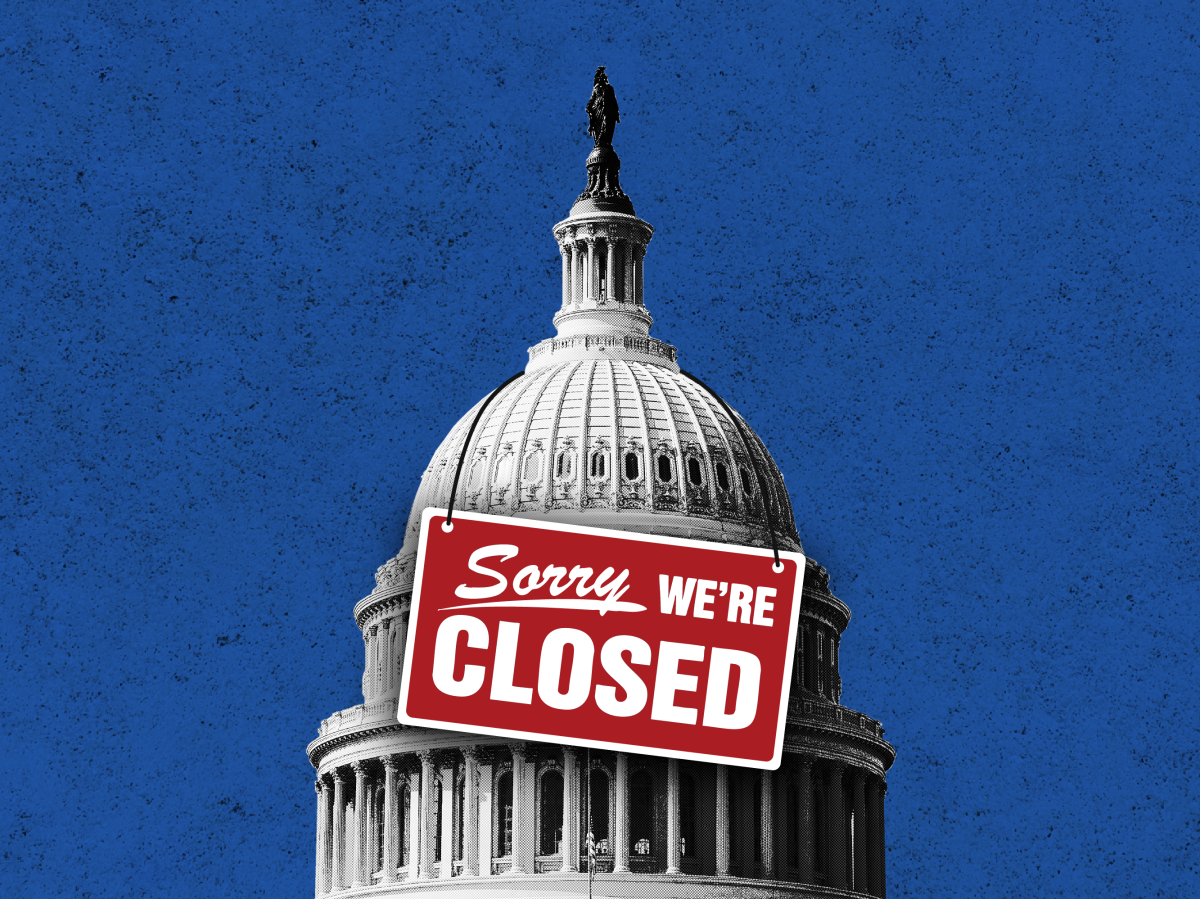
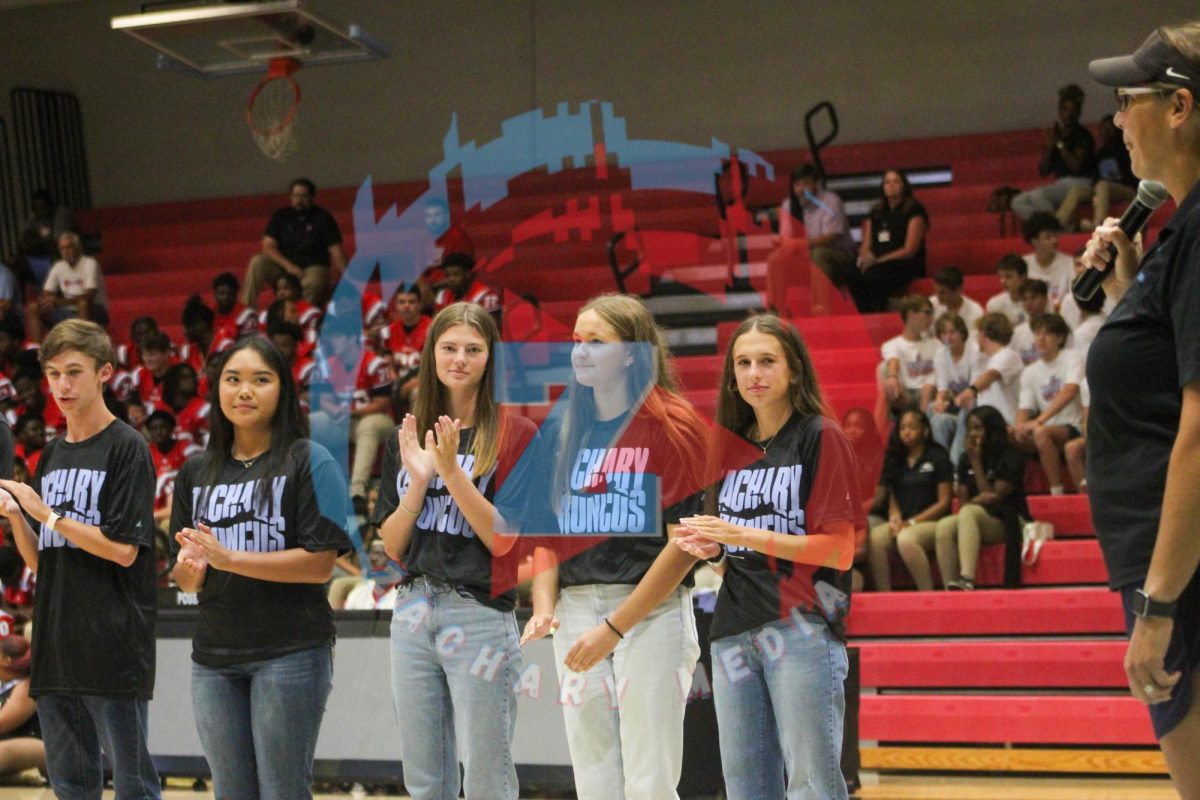

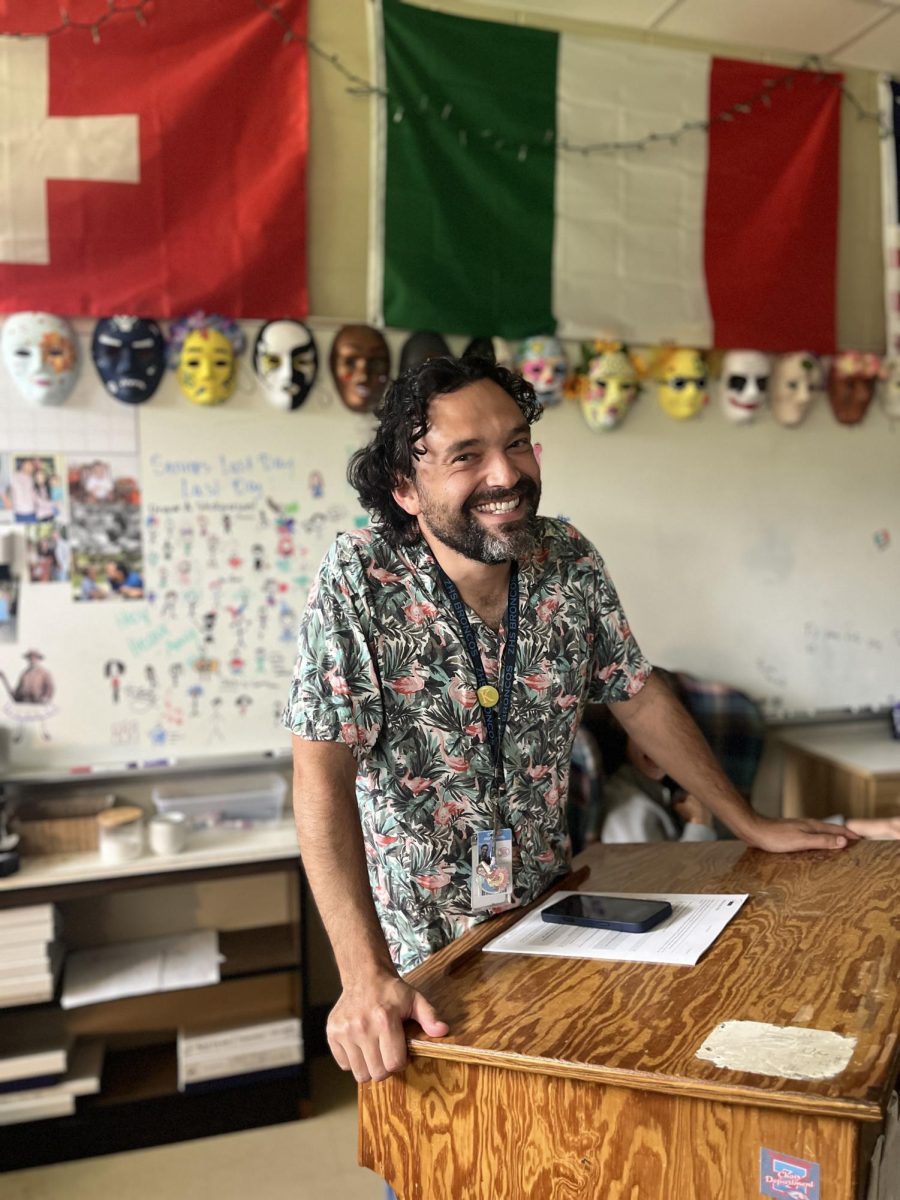

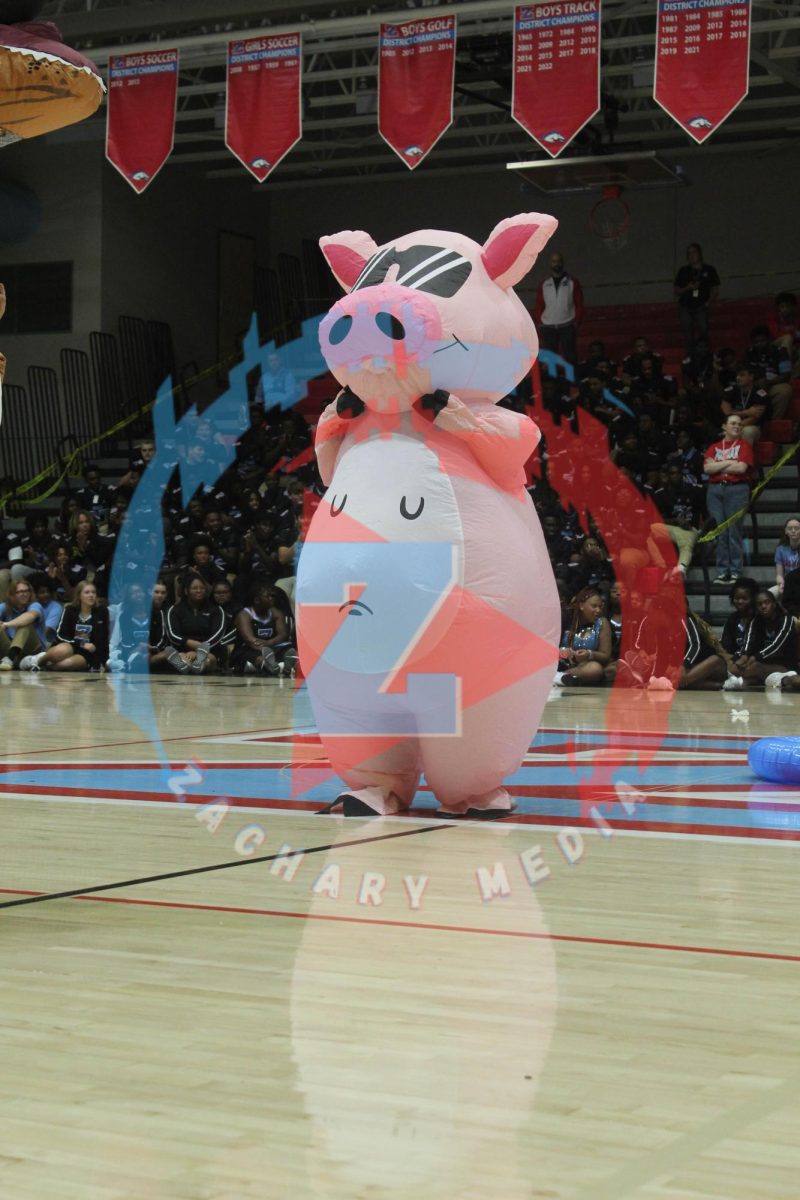
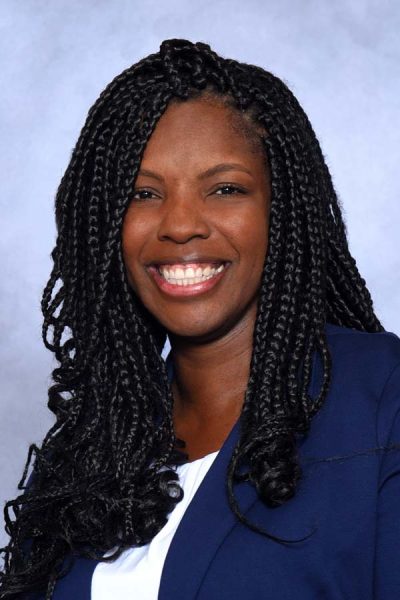


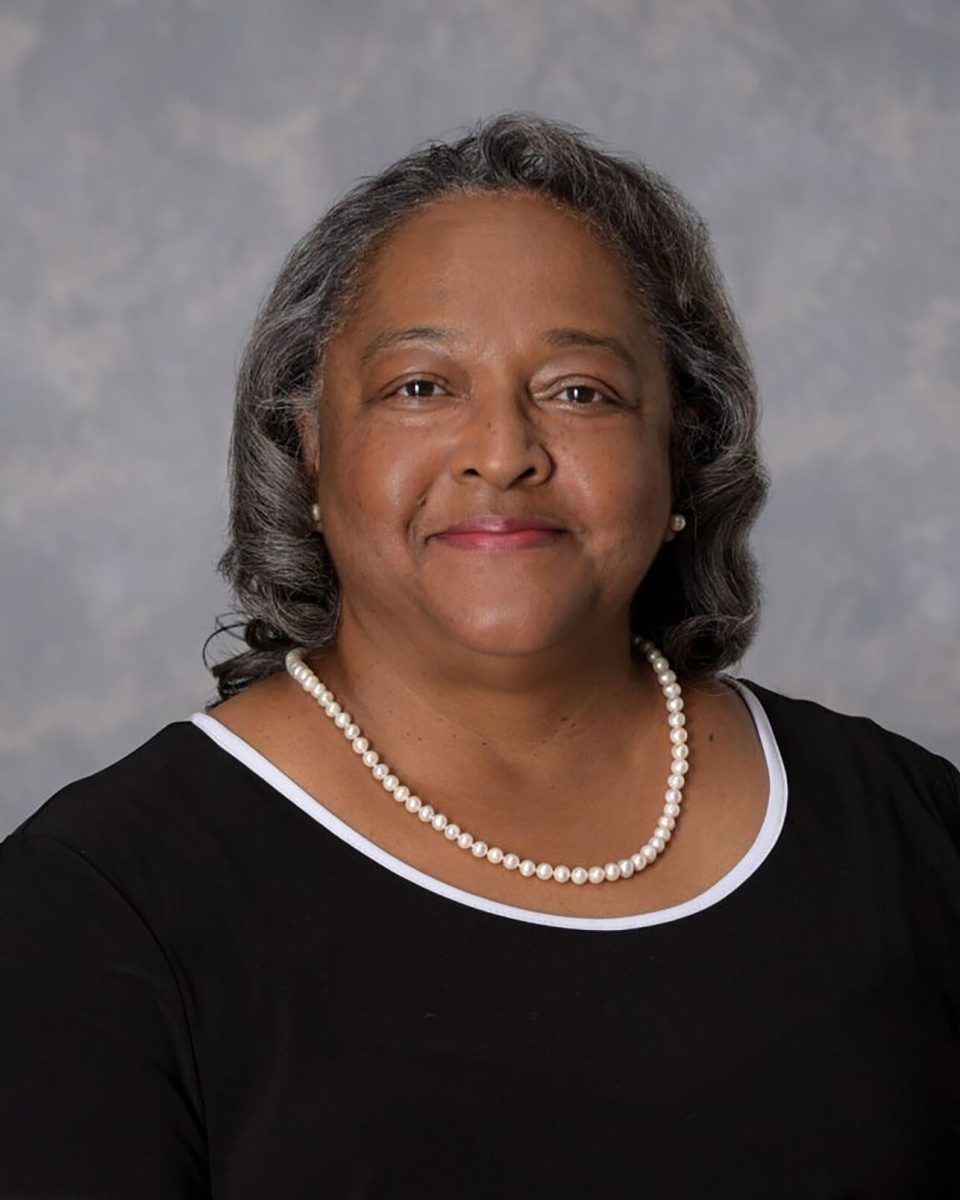
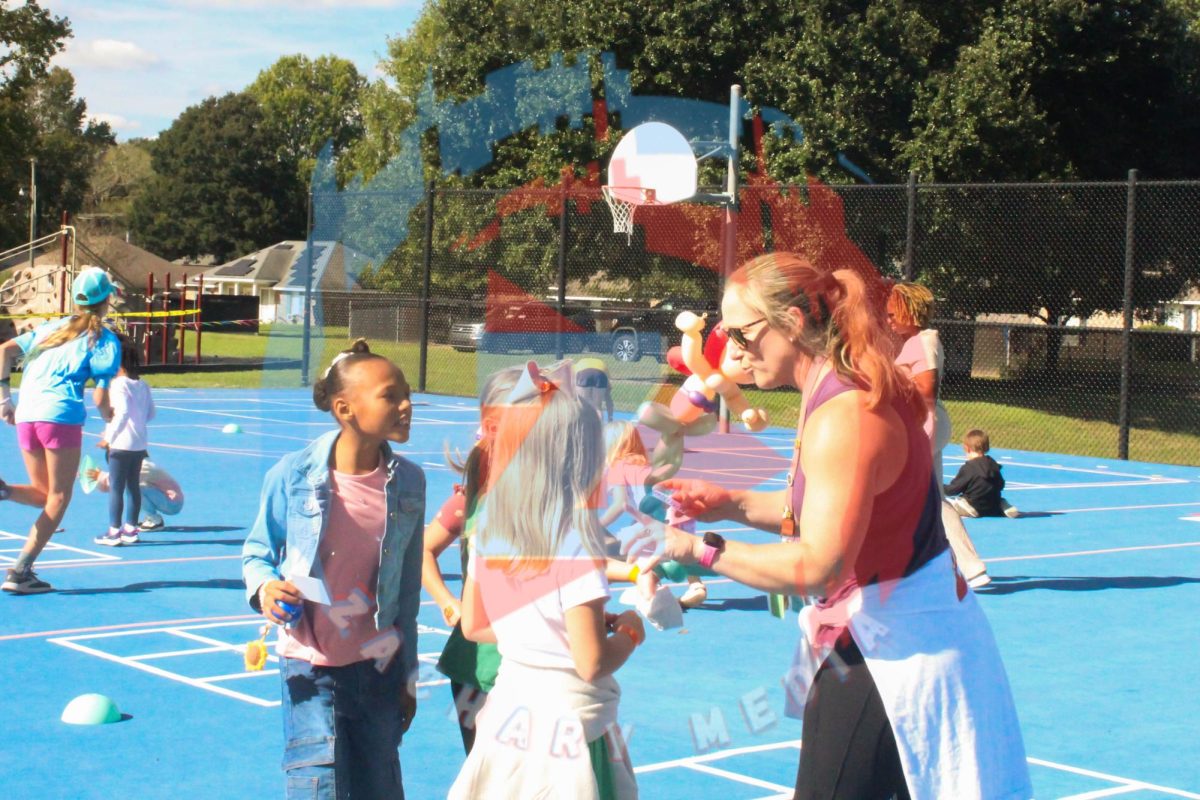












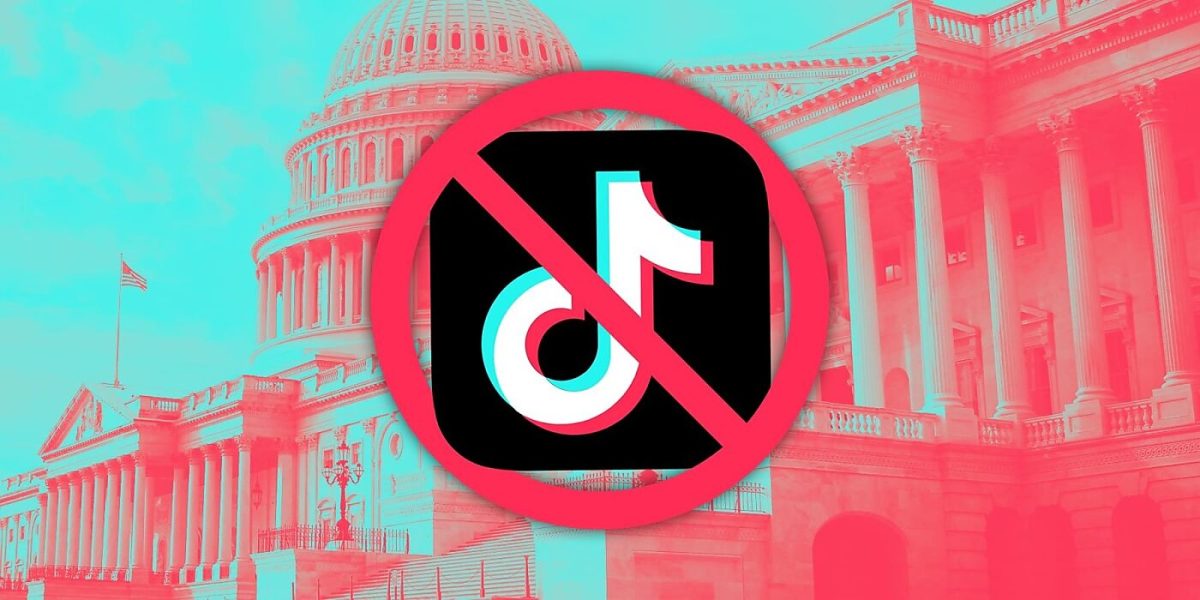














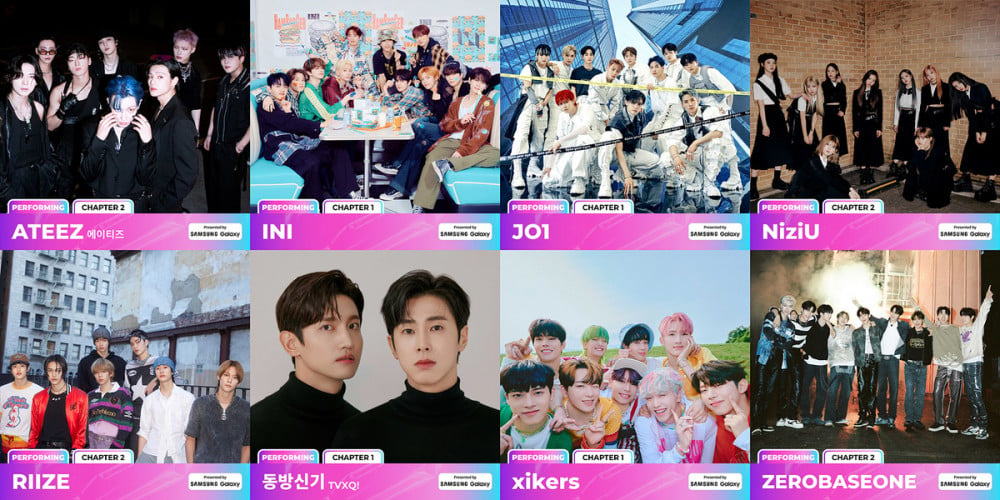



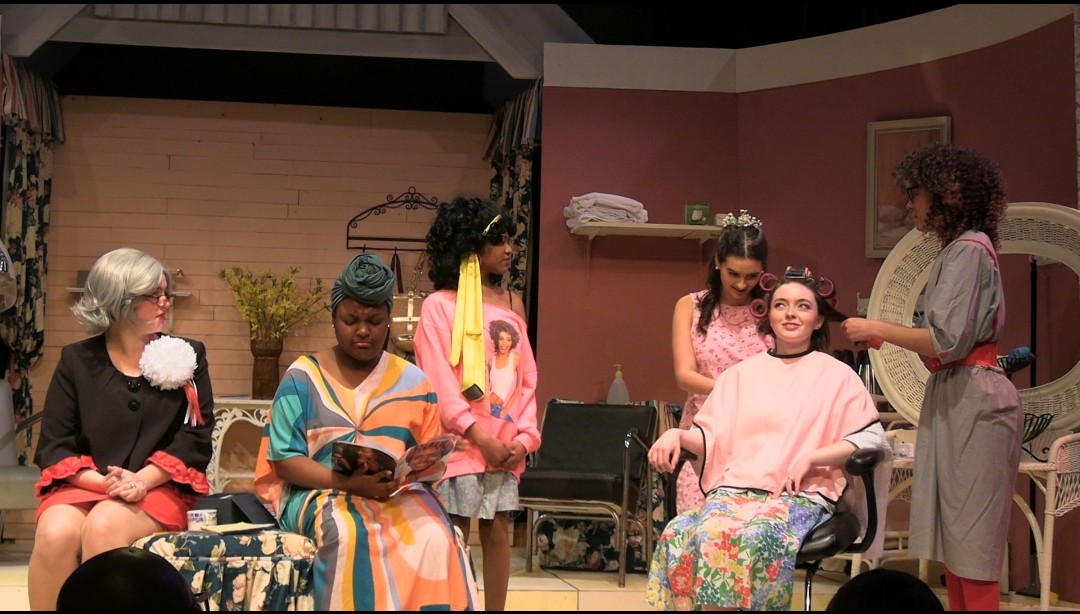

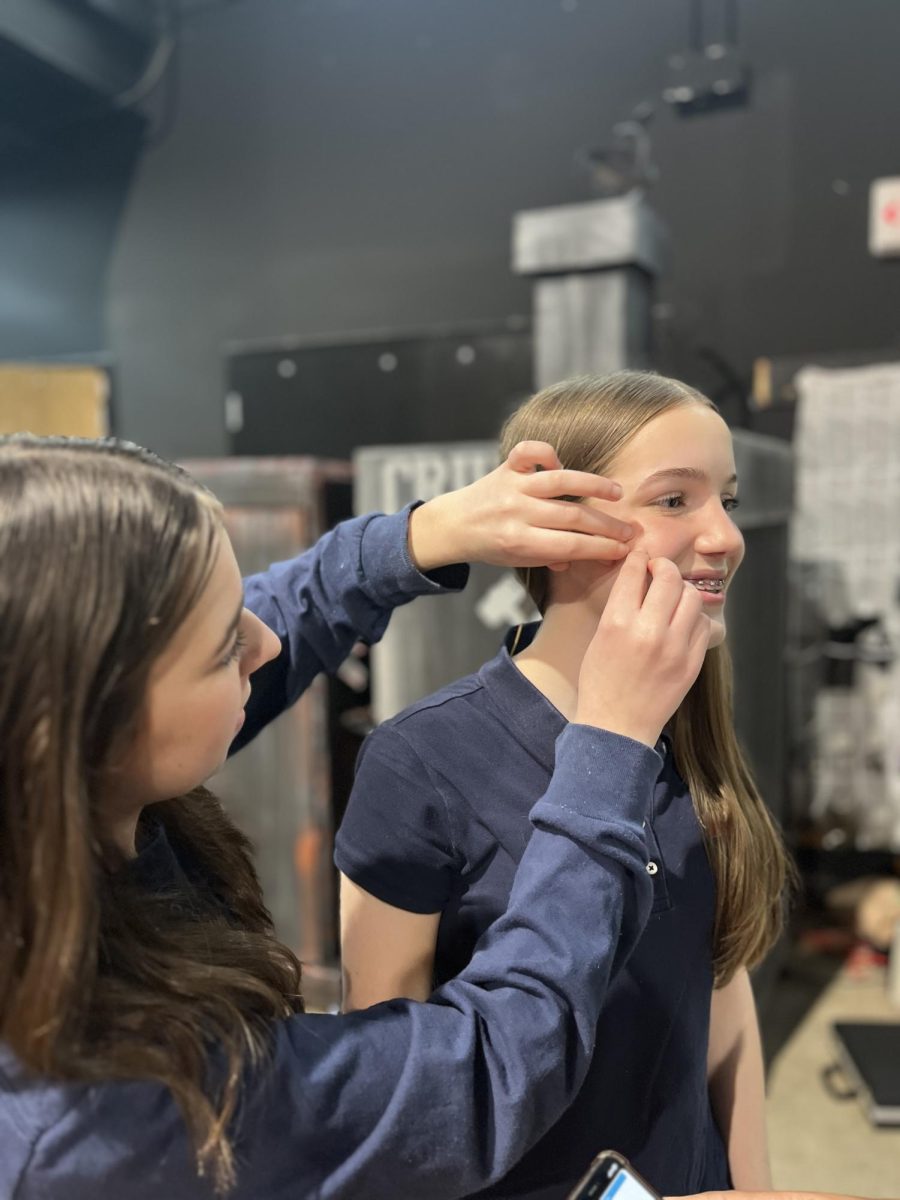
Remi Quibodeaux • May 4, 2023 at 10:12 am
I love this story and it kept my interest through the whole article! Great job Laila! I can see that you are growing!!